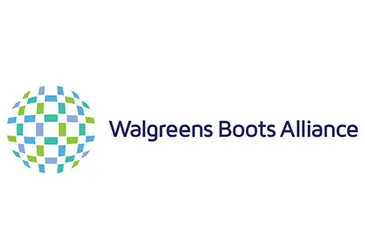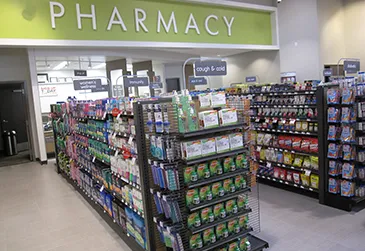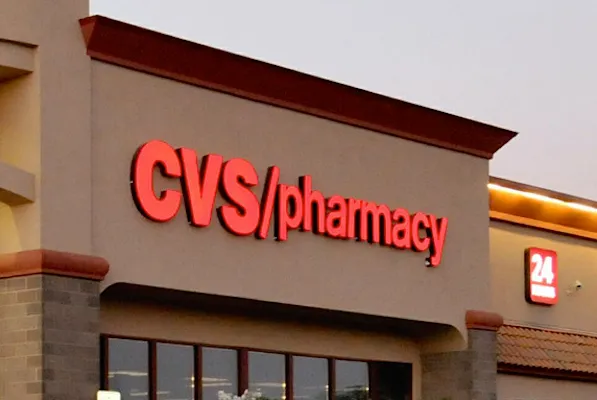
Walgreens Boots Alliance has entered the early stages of a profound transition, one that will see the organization pivot from a store-first to a digital-first model. Any lingering doubts about the direction the company is headed were put to rest earlier this month when WBA unveiled a seven-year agreement with Microsoft to harness the power of technology to develop the means to make health care easier to access, more effective and less costly. Following on the heels of a separate partnership with Verily, a subsidiary of Alphabet (which is also Google’s corporate parent), the Microsoft deal puts a premium on the benefits technology can deliver for WBA, the patients it serves and the health care system as a whole.
“This is really the future of our company,” says Stefano Pessina, WBA’s executive vice chairman and chief executive officer. “We have always been very keen to do vertical integration. The U.S. health care system is quite cumbersome, very expensive and not very rational.
“Vertical integration in whatever form — mergers and acquisitions, joint ventures, partnerships — can address those problems. We thought that the best way forward for us was to do commercial deals. We have done a lot of them and are developing new services. We now have enough successful joint ventures to create a health care hub.”
The in-store manifestation of the nascent strategy is perhaps best illustrated by a recently remodeled store in Deerfield, Ill., where the company is headquartered. The format, one of WBA’s many ongoing pilot programs, combines the company’s core pharmacy business with a range of other health care services, including eye care, audiology and lab services (the last offered via a partnership with LabCorp).
“We have to add other services, but we have a concept, an idea of what we intend to do, even if far from being complete,” notes Pessina. “Once we have put all this together, of course, we need a glue to organize all of that, because we will have a lot of data.
“We will have a lot of services, but we have to put them together in a very simple way. And we have to give customers the possibility to understand immediately what we offer, why we offer these services and where we offer them. To do this, it was always clear that we needed a technology partner.”
Enter Microsoft. Perhaps still best known for its Windows PC operating system, the company brings to the table a host of capabilities, including the Microsoft Azure cloud and artificial intelligence platform, as well as the Microsoft 365 suite of business tools. As part of the agreement with WBA, the retailer and drug wholesaler will move the majority of its information technology infrastructures to Microsoft Azure and equip its 380,000 workers with Microsoft 365.
“We now have a technology partner with Microsoft, and we will do three things with them,” Pessina says. “We will accelerate the transformation of our IT infrastructure, and go digital, practically bringing everything in the cloud, and using artificial intelligence to manage the data we have in the cloud. We will join to develop new products and services to meet the needs of the customers. But also, with artificial intelligence, we will try to understand and anticipate the needs of the customers of tomorrow, not just of today. And after we have done this, we will create a customer-centric health care delivery management platform.”
The long-term objective is to bring about a more flexible, efficient health care system where data is used to direct patients to appropriate care in the appropriate setting.
“We will focus on customers in order to create an ecosystem that unifies what we can offer,” explains Pessina. “This will simplify the life of our customers and the way we operate within the company. Substantially, we are bringing together the physical part of our company, of our assets, and the digital part of Microsoft.
“We will also reach out to other partners to enlarge that ecosystem. We will be quite agnostic. And so, we will just try to create a system where our customers will be taken care of in all of the aspects of their life.”
The deal between WBA and Microsoft includes a multiyear research and development component designed to improve health outcomes and reduce the cost of care. The partners, who are exploring the possibility of establishing joint innovation centers in key markets, already plan to test “digital health corners” in a dozen Walgreens stores.
“Of course, we will offer consumer health-related hardware and software products, but this is the least important part of the new section,” Pessina says. “We will have a digital expert advisory service to help patients find the right tools for them, and understand how to set them up. More than that, we will elaborate chronic conditions and lifestyle solutions.
“It will be, really, a corner of the store where people can talk and be advised about their problems and how to address them.”
WBA’s work with Verily fits well with that vision. Walgreens is teaming up with Onduo, Verily’s joint venture with pharmaceutical maker Sanofi, on the launch of a virtual diabetes solution for beneficiaries in the Walgreens employee health plan. The program provides tools, coaching and remote access to physicians to help those patients manage their condition. The other initial focus of the partnership between Verily and WBA will be on finding new ways to improve patient adherence with medication regimens.
Pessina’s willingness to orchestrate a variety of business partnerships in pursuit of improving health care extends beyond the technology sector. WBA last December expanded an existing relationship with FedEx to introduce delivery of prescription medications across the United States.
“We will put together the convenience and the human touch of our pharmacies, the technology of the cloud and artificial intelligence, along with the ability to deliver prescriptions the very same day in most of America, and in two days for all of America,” notes Pessina. “Now we have a fantastic distribution network.
“You can imagine how powerful this offer will be. The creation of a new ecosystem, by putting together payers, manufacturers and providers, will allow us to really serve patients in a way that, today, is not even conceivable.”









